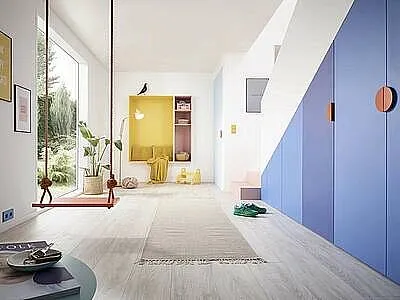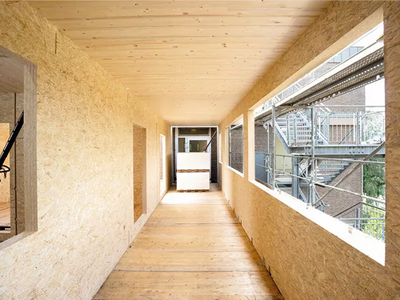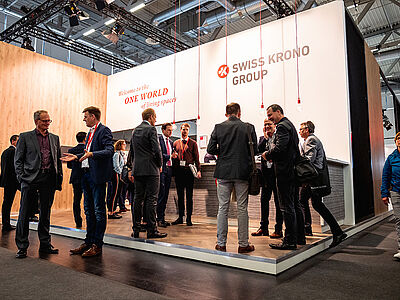Projet Green Energy, installation des sécheurs
News | SWISS KRONO France
Installation of the low temperature dryers
The Green Energy project continues to take shape at the Swiss Krono France industrial site in Sully-sur-Loire. With the foundations now complete, the project teams are finalising the installation of the two new low-temperature dryers that will replace the equipment currently in operation. These new dryers have a triple objective: durability, compliance and productivity.
The belt dryers are key tools in the industrial process of Swiss Krono France. They allow the drying of wood slats via a conveyor belt through which hot air flows. Drying is the site's main energy consumption item, with 70% of the energy consumed by the plant used for drying the material. Thanks to the new low-temperature dryers, the plant's energy requirements will be reduced by 5 to 10%. With the installation of the biomass unit (second part of the project), the Green Energy project will save 35,000 tonnes of fossil CO2 per year, which is the equivalent of the CO2 emissions of nearly 16,000 thermal cars.
In addition, the low-temperature dryers will make it possible to reduce the site's dust emissions and meet the new standards required by European regulations (BREF) in terms of dust emissions.
Finally, this equipment represents a formidable productivity lever for Swiss Krono France. In addition to being the site's main energy consumption item, the drying stage represents the bottleneck of the production line, and the lack of drying capacity prevents the site from operating at 100%. Capable of processing +35% more material than the current dryers, the low-temperature dryers will contribute directly to increasing the site's production capacity.
The next steps :
- 2023: Installation of the multi-fuel biomass unit
- 2024: Operational implementation and full compliance with BREF regulations





